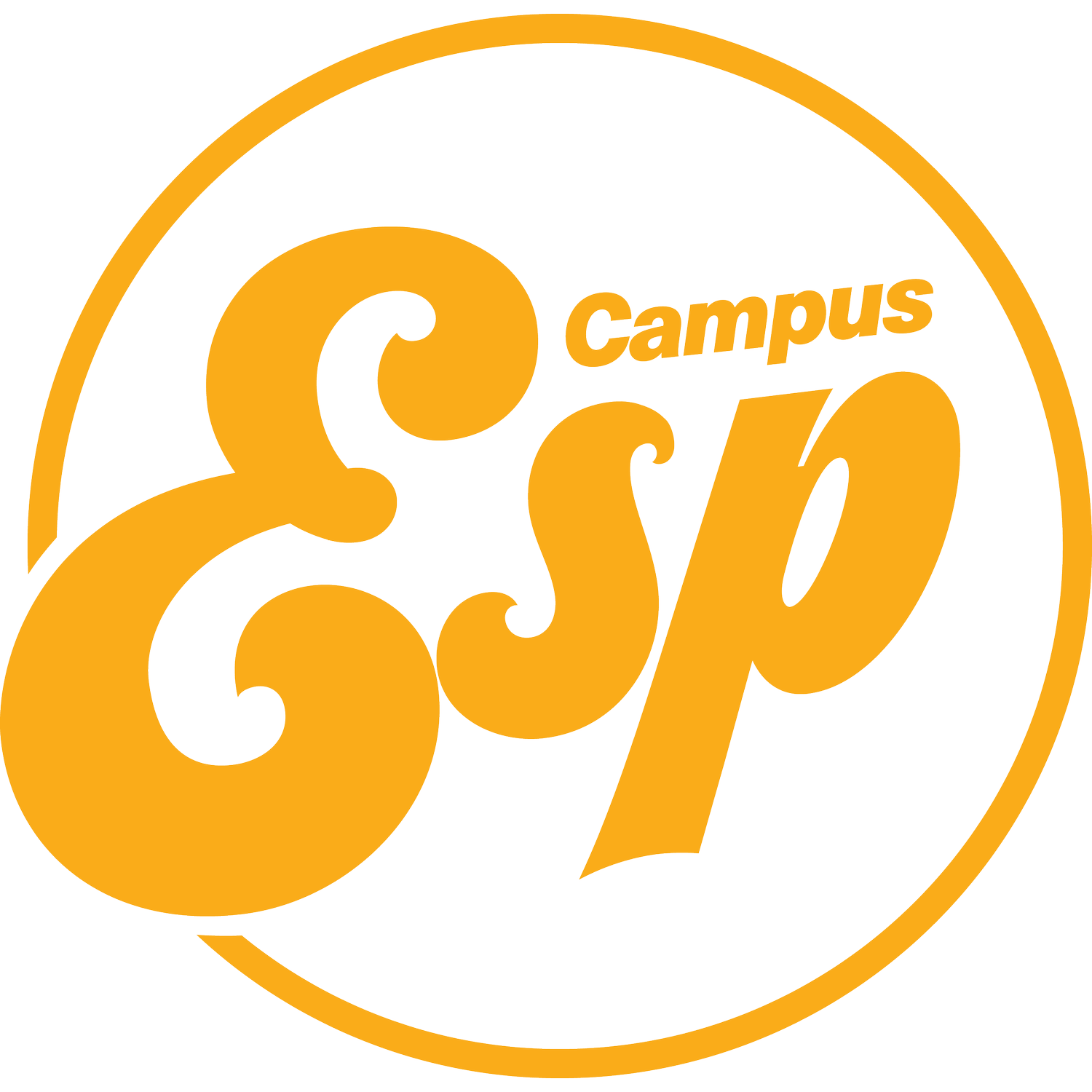NAU drives assistance for food insecure students through family engagement
COVID changed, well, nearly everything. There are few places where that was felt more closely than on college campuses.
With so many financially impacted by closures and economic adjustments, it also changed how the government measured eligibility for many support programs. This included SNAP, the Supplemental Nutrition Assistance Program.
So when alerted to changes to coverage eligibility, the team at Northern Arizona University quickly decided to share the upcoming deadlines with families in order to support their students in need. The result — their most clicked on article to date. But even more importantly, students continuing to receive the resources they need to succeed.
Using families to amplify an important message
Managed by each state, SNAP provides funding for lower-income individuals and families to use for food. And during the pandemic, the government adjusted the eligibility criteria, allowing college students who wouldn’t typically be eligible for SNAP to receive benefits during the public health emergency.
As the pandemic ended, so did these adjustments. It was announced that starting in June of 2023, these adjustments would be phased out and, in turn, many college students could lose benefits if they didn’t renew prior to the changes.
“We received this update from our Sr. Vice President of Engagement and Public Affairs and realized we had to help get the word out to families who might be impacted,” shared Maggie Thom, Program Director of FACTS (Family Access, Communication, Transition and Support) at Northern Arizona University. “We knew we had students that would be impacted and might not be aware of these changes.”
Knowing that parents and family members would pass along this information to their students, Thom published an article explaining the changes and the deadlines students had to retain benefits and published it on NAU’s Lumberjack Family Hub, their CampusESP portal for families of current and incoming students. She also sent an announcement to all family users linking back to the article.
The results were eye-opening. The announcement received an outsized open rate of 88%, a 22% click thru rate, and was viewed nearly 40,000 times, showing not just record-breaking engagement, but highlighting the interest and probable need of their student population.
Shining a spotlight on student need and support services
The FACTS program’s initial win was simply knowing that more students and families were alerted to the SNAP changes and, hopefully, able to renew their participation in a much-needed program. However, after that, the content began to generate a trickle-down effect of positive discussions and improvements around serving low-income students.
“FACTS is funded by the Arizona Board of Regents (ABOR), and we report back to them on our family communications and results. Our team pulls a bunch of CampusESP data to show open and click rates, our engagement with special populations such as first gen or Spanish-speaking families, and the top articles shared,” explained Thom. “In our end of year report (in July), we shared that the number one clicked article was this one about the SNAP benefits. Our contact at ABOR came back to us and she said they were astonished — they thought it was shocking and telling that that many people had an interest or knew someone who would.”
With the true reality of food insecurity on campus elevated, connections began to happen.
The board was connected with Louie’s Cupboard, NAU’s on-campus food pantry, to see what resources they might be able to provide the program.
The board began sharing information on other services and programs eligible to low-income students so that they could be shared in family-focused communications, including Internet discount waivers for Pell-eligible students and those who reside on qualifying Tribal lands.
Team members from the Lumberjack CARE Center have been asked to participate in discussions with the Arizona Innovation Alliance — a three-campus partnership of Arizona State University, the University of Arizona, and NAU — to determine how cross-campus initiatives to serve student needs could be developed.
“It was really cool that they wanted to partner with us,” said Thom. “There was a need here that we needed to address, and this allowed us to bring in the right people and have the conversation on how we can work together.
“This also got our team thinking about how the information we gather from announcements like this could really help our campus partners. We know our students and their struggles. We are trying to think strategically about what we are putting out there to families and how we can gather some data and bring it to leadership and find ways we can respond or do more. It’s one thing to say you think there’s a problem, but when you are able to back that up with data and interest from families it can help the entire institution think of how we can do a better job of meeting those needs.”
Responsiveness, transparency, and leaning on parents as partners in sharing valuable information turned a simple article and announcement into an impact-making moment to address food insecurity and student needs. We love this social impact example of the power and influence of families on students.



